How Important is Kissaki in Examining Japanese Swords?
NO AI USED This Article has been written and edited by our team with no help of the AI
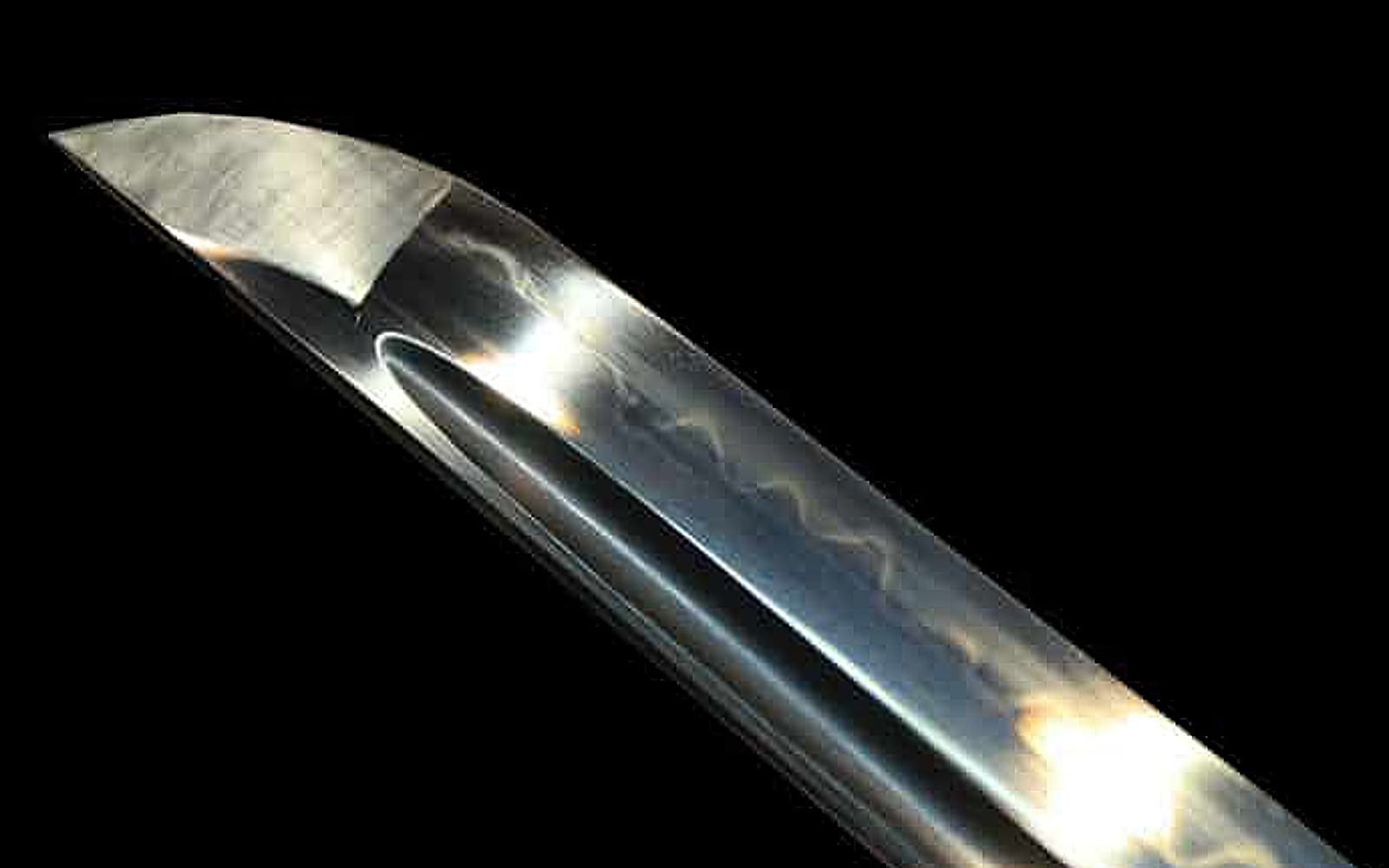
The kissaki, the point of the blade, usually varied depending on the period in which the sword was produced. However, like other parts of the Japanese sword, a kissaki was sometimes reshaped in later periods and is carefully examined in sword appraisal to determine if its shape has been altered.
Anatomy and Features of a Kissaki
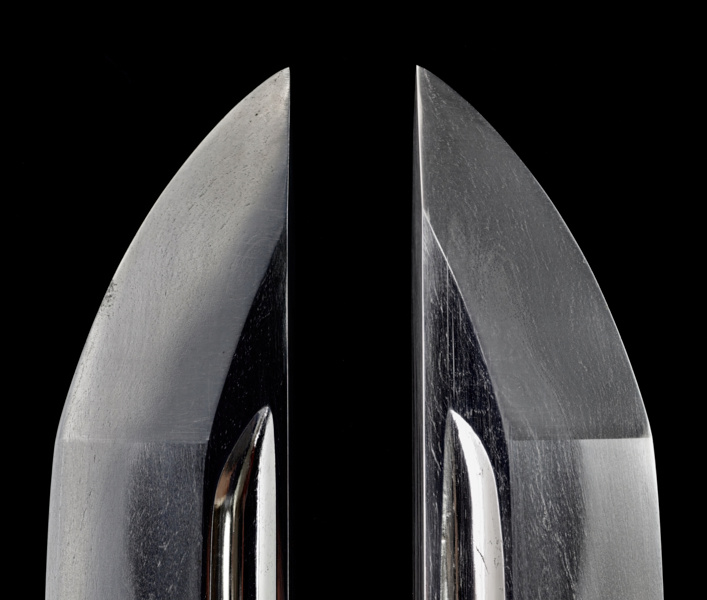
The kissaki is the fan-shaped area at the tip of the blade, located above the yokote and the ko-shinogi. The yokote is the line perpendicular to the cutting edge, separating the point area from the body of the blade. On the other hand, the ko-shinogi is the diagonal line that divides the point area from the back of the blade.
Fukura (Curvature of the Point)
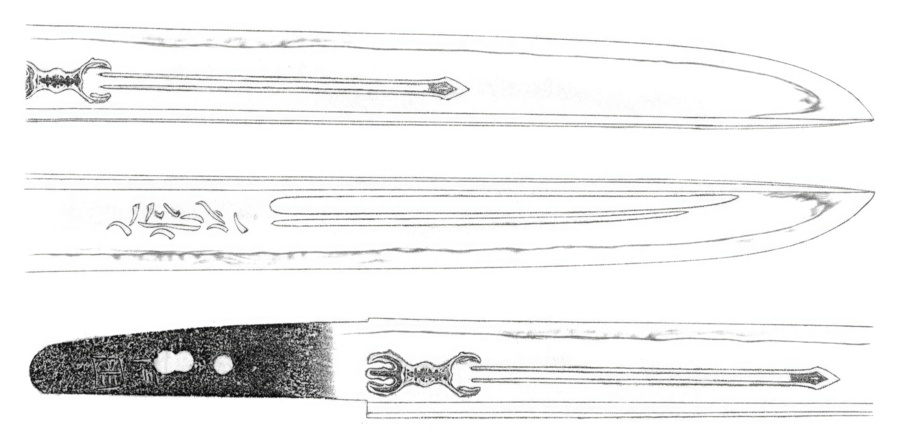
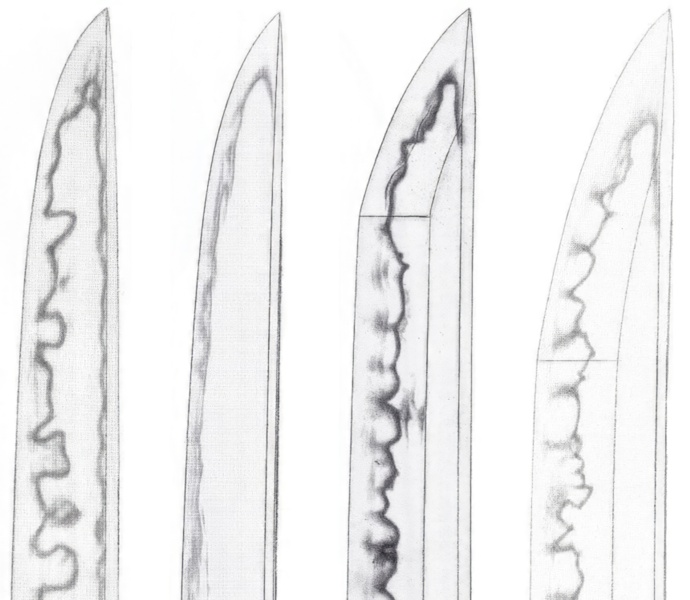
The fukura refers to the curvature or bulbousness of kissaki’s cutting-edge, which may curve to a greater or lesser degree. The fukura can be described as scarce or relatively straight (fukura kareru, ふくら枯れる) and full or rounded (fukura tsuku, ふくら付く). Additionally, the length of the fukura affects the kissaki’s size, measured as a vertical line from the tip of the point to the yokote.
Boshi (Hamon on the Point Area)

The hamon refers to the pattern of the hardened edge, giving the blade its superior cutting ability. The boshi, on the other hand, refers to the hamon on the kissaki. The boshi comes in various types, shapes, and patterns, often linked to certain swordsmiths and swordmaking traditions, making it crucial in sword appraisal.
Examining the Kissaki in Sword Appraisal
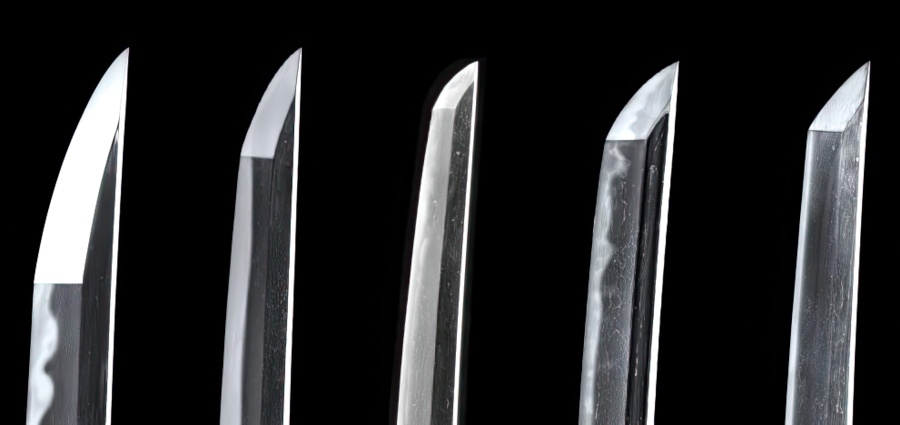
The kissaki is one of the factors examined in Japanese sword appraisal, where a blade can be attributed to the swordsmith or swordmaking school based on its characteristics. Japanese swords varied in shape (sugata) in various periods, and a kissaki can help identify the blade’s production time.
In a step-by-step examination, the kissaki is examined after considering the blade length (nagasa), curvature (sori), width (mihaba), and tapering. The kissaki may be medium-sized, large, stubby, or slightly elongated. Its size and shape serve as crucial indicators that either confirm the assumptions drawn from the blade’s length, curvature, and tapering—or dismiss them if they no longer align.
For instance, a small kissaki (ko-kissaki) suggests an earlier origin for the blade. On the other hand, a large kissaki (o-kissaki) likely originated from the Nanbokucho period and Shinshinto era. The fukura, which refers to the curvature of the tip’s cutting edge, is examined as well, though it is important to note that many kissaki have undergone reshaping.
Still, the assumptions drawn from the examination of the kissaki can be either confirmed or dismissed based on the blade’s characteristic features, such as the steel (jigane) and hardening (hamon), which are examined in the next steps. The jigane can help determine the area of production or the school, while both the hamon and the boshi help identify the school or the swordsmith of the blade.
